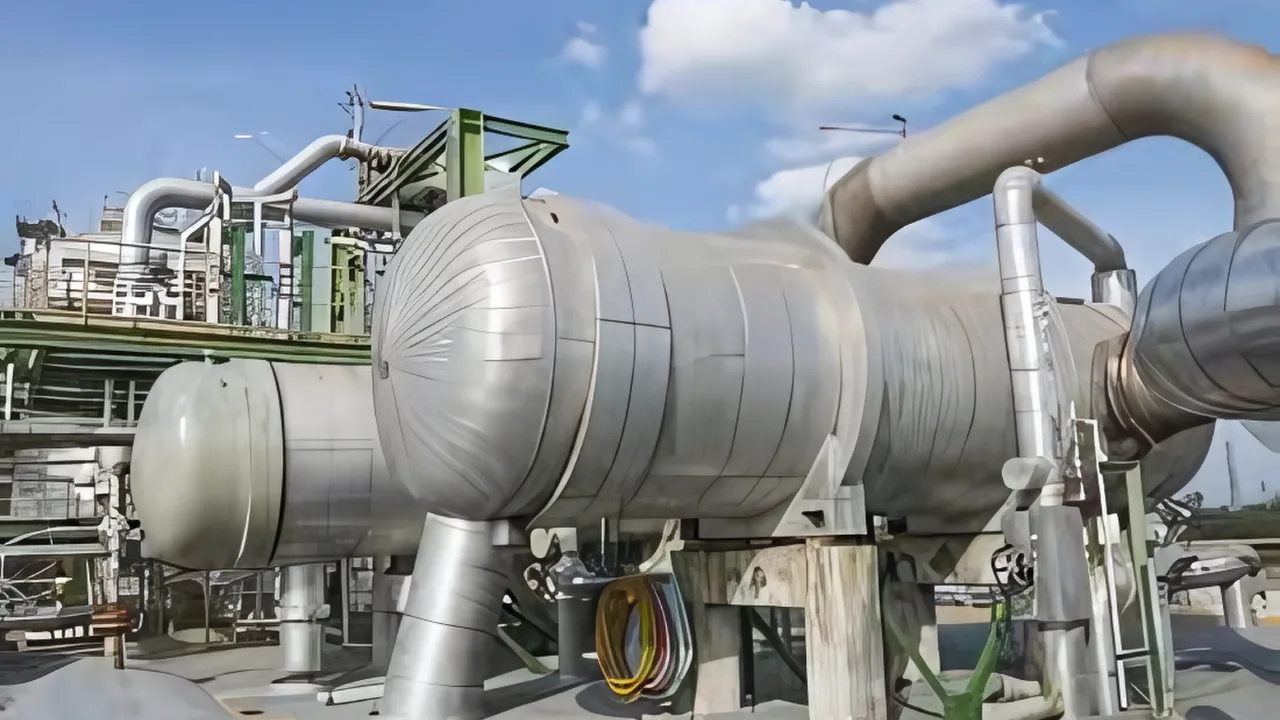At Hardcore Engineering Solutions, we specialize in manufacturing, designing, and providing high-quality pressure vessels tailored to meet the unique needs of each industry. Our expertise ensures that all our pressure vessels adhere to strict safety standards, offering superior durability and reliability. Our team of engineers and designers works closely with clients to provide custom solutions that meet specific operational needs while ensuring the highest safety standards. Whether you’re looking for a standard pressure vessel or a specialized design for a unique application, Hardcore Engineering Solutions is your trusted partner in high-pressure systems.
Pressure vessels are sealed containers designed to hold liquids, gases, or vapors at pressures significantly different from the surrounding environment. They are essential in various sectors, including petrochemical, oil and gas, chemical processing, and food production. Common examples of pressure vessels include reactors, flash drums, separators, and heat exchangers. Depending on the application, pressure vessels can come in various shapes, including cylindrical, spherical, and conical. These vessels are constructed with robust materials, such as steel or composites, to handle extreme pressure without compromising structural integrity.
Types of Pressure Vessels:-
1. Cylindrical Pressure Vessels
These are the most commonly used type of pressure vessels, characterized by their cylindrical shape. They are often used in industries like oil and gas for storing liquids and gases.
2. Spherical Pressure Vessels
Spherical vessels are typically used for storing gases at very high pressures.
3. Conical Pressure Vessels
These vessels have a conical shape and are generally used in applications where there is a need for a bottom-to-top flow, such as in distillation columns or separators.
4. Vertical and Horizontal Pressure Vessels
Vertical pressure vessels are usually tall and stand upright, while horizontal pressure vessels are laid flat.
5. Heat Exchanger Pressure Vessels
These pressure vessels are designed to transfer heat between different fluids.
Working Principle of Pressure Vessels:-
1. Containment of Pressurized Substance
Pressure vessels are designed to store substances such as gases or liquids under pressure, which is typically higher than the pressure of the surrounding environment.
2. Pressure Resistance
The walls of a pressure vessel are designed to resist internal pressure.
3. Safety Features
To ensure safety, pressure vessels often include various safety devices such as pressure relief valves, rupture disks, and vent systems.
4. Heat Transfer and Temperature Control (for certain types)
In some pressure vessels, heat transfer plays a significant role in the operation.
For more information on our pressure vessel solutions, visit our website https://hardcoreengineers.co.in/ or get in touch with one of our experts. Let Hardcore Engineering Solutions take care of your high-pressure requirements safely and effectively.


